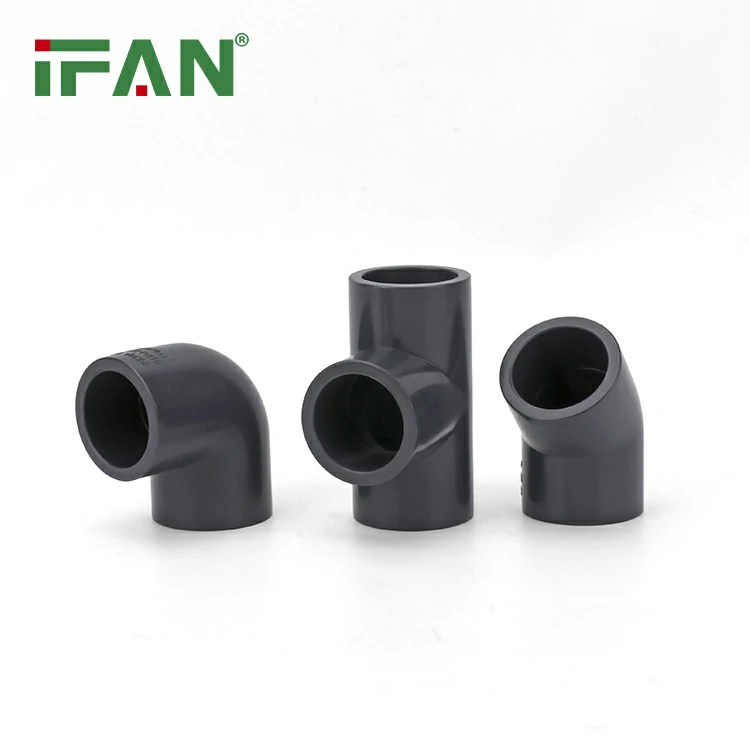Introduction to UPVC Pipe Fitting Lifespan
UPVC Pipe Fitting is known for their durability and resistance to corrosion. However, their lifespan varies depending on factors like material quality, installation practices, and environmental conditions. Understanding these factors helps determine when replacement is necessary.
Material Quality and Durability
The quality of UPVC pipe fittings plays a significant role in their lifespan. High-quality fittings resist chemical corrosion, physical stress, and biological growth. For example, premium-grade UPVC fittings can last over 50 years. Choosing reputable brands ensures longer-lasting performance.
Installation Practices
Proper installation is crucial for the longevity of UPVC pipe fittings. Incorrect alignment, inadequate bedding, or improper sealing can lead to premature failure. For instance, fittings installed without proper support may crack under pressure. Professional installation minimizes risks and delays replacement needs.
Environmental Conditions
Environmental factors like UV exposure, temperature fluctuations, and soil composition affect UPVC pipe fittings. For example, outdoor fittings exposed to sunlight may degrade faster. Protective measures, such as burying fittings or using coatings, extend their lifespan and delay replacement.

Water Quality and Pressure
Water quality and pressure influence the lifespan of UPVC pipe fitting. High water pressure or corrosive water can stress fittings, leading to wear and tear. For instance, fittings in areas with hard water may develop mineral buildup. Regular maintenance reduces the need for early replacement.
Chemical Exposure
Exposure to chemicals in water or soil can accelerate the degradation of UPVC pipe fittings. Industrial areas or agricultural fields with chemical runoff may weaken fittings over time. For example, fittings exposed to fertilizers may require replacement sooner. Using chemically resistant fittings mitigates this risk.
Maintenance and Inspection
Regular maintenance and inspection are essential to delay the replacement of UPVC pipe fittings. Periodic checks for leaks, cracks, or blockages help identify issues early. For example, cleaning and repairing fittings prevent minor problems from escalating. Proactive care extends their lifespan.
Signs of Wear and Replacement Indicators
Visible signs of wear, such as cracks, leaks, or discoloration, indicate the need for replacement. For instance, fittings with significant cracks or persistent leaks should be replaced immediately. Early detection of these signs ensures timely replacement and prevents system failures.
Conclusion
The need to replace UPVC pipe fittings depends on factors like material quality, installation practices, environmental conditions, water quality, chemical exposure, and maintenance. With proper care, fittings can last over 50 years. Regular inspections and timely replacements ensure the reliability of plumbing systems. UPVC fittings remain a durable choice when managed effectively.

